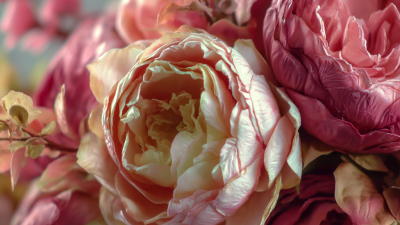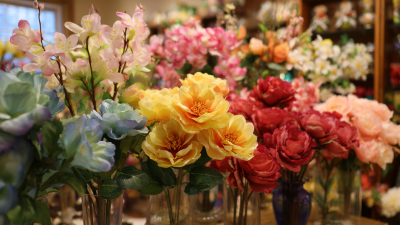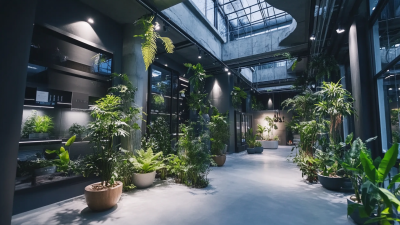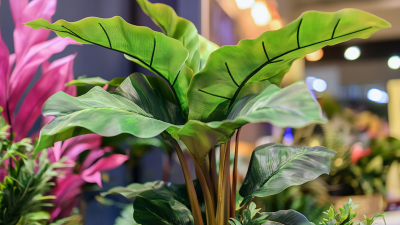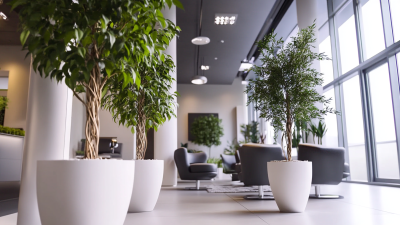
In recent years, the use of artificial flowers in home decor has gained significant traction, primarily due to their versatility and low maintenance needs. According to a report by IBISWorld, the artificial floral and plant industry has witnessed steady growth, with a market size of approximately $1 billion in the United States alone. This trend reflects a broader consumer preference for sustainable and enduring home decor options. Artificial flowers allow homeowners to enjoy the beauty of blooms year-round without the hassle of wilting or seasonal changes, catering to the demand for aesthetics that are both practical and convenient. Furthermore, a survey by the American Society of Interior Designers indicates that over 60% of interior designers use artificial flowers in their projects, highlighting their growing acceptance and appeal in creating vibrant, inviting spaces. As we explore the myriad benefits of incorporating artificial flowers into home decor, it becomes clear that they hold a valuable place in modern interior design practices.
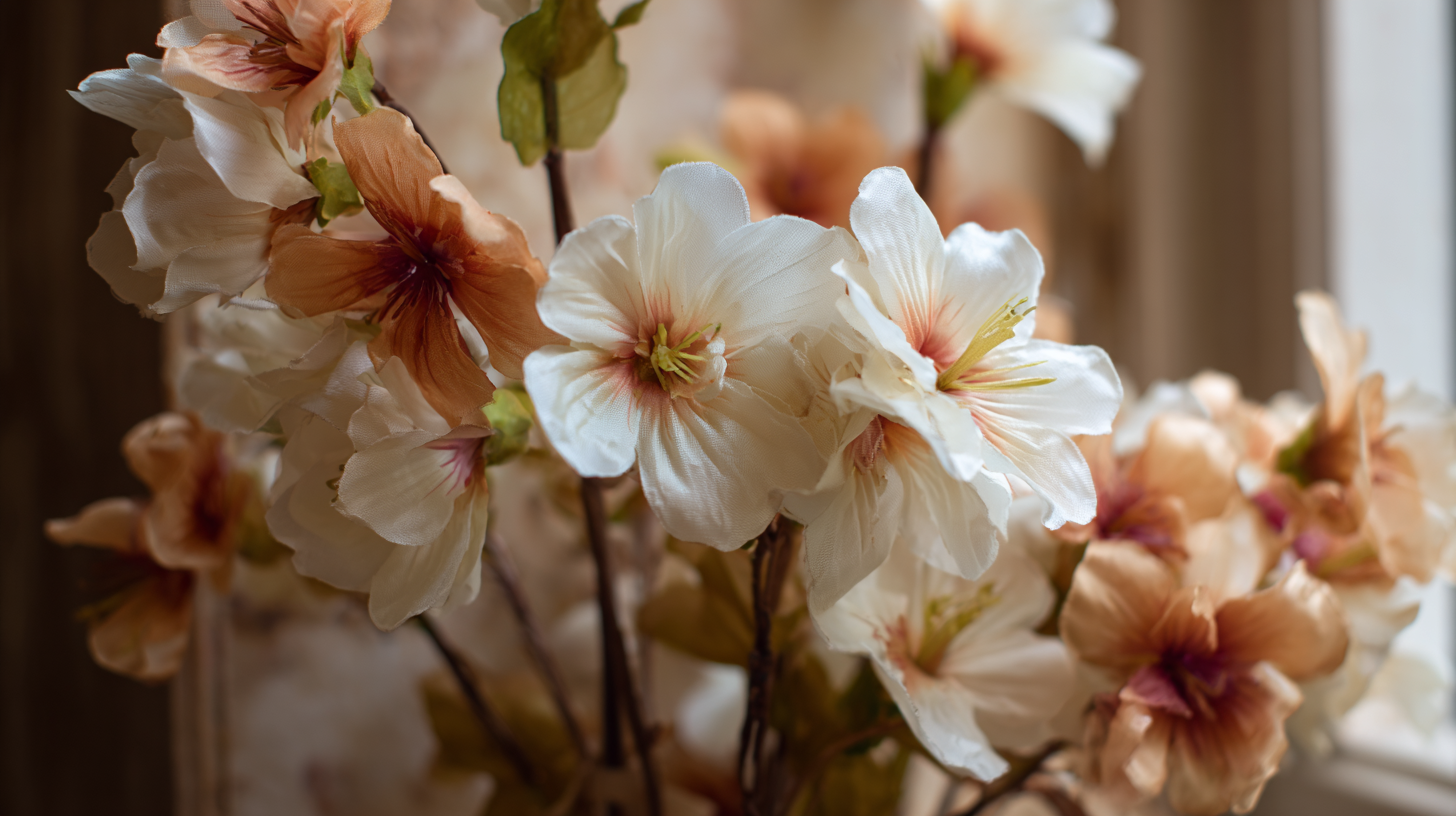
Artificial flowers have gained popularity as a stylish and low-maintenance option for home decor. One of the primary benefits of using these faux blooms is their ability to enhance the aesthetic appeal of a space without the upkeep associated with real plants. Unlike fresh flowers that require regular watering and care, artificial flowers remain vibrant and beautiful throughout the year, making them an ideal choice for busy individuals or those who prefer a hassle-free decorating solution.
When incorporating artificial flowers into your home decor, consider a few tips to effectively enhance your space. First, choose high-quality products made from materials such as silk or plastic to ensure a realistic appearance. Mixing various types and sizes of artificial flowers can create a dynamic arrangement that feels more natural. Additionally, think about placement; using artificial flowers in locations with lower light or areas difficult for live plants to thrive can add greenery where it may not be possible otherwise.
Furthermore, artificial flowers allow for creativity in design. You can easily change your arrangements with the seasons or for special occasions without the need for new plants. This versatility not only adds to the visual interest of your home but also gives you the freedom to experiment with different styles, keeping your decor fresh and inviting.
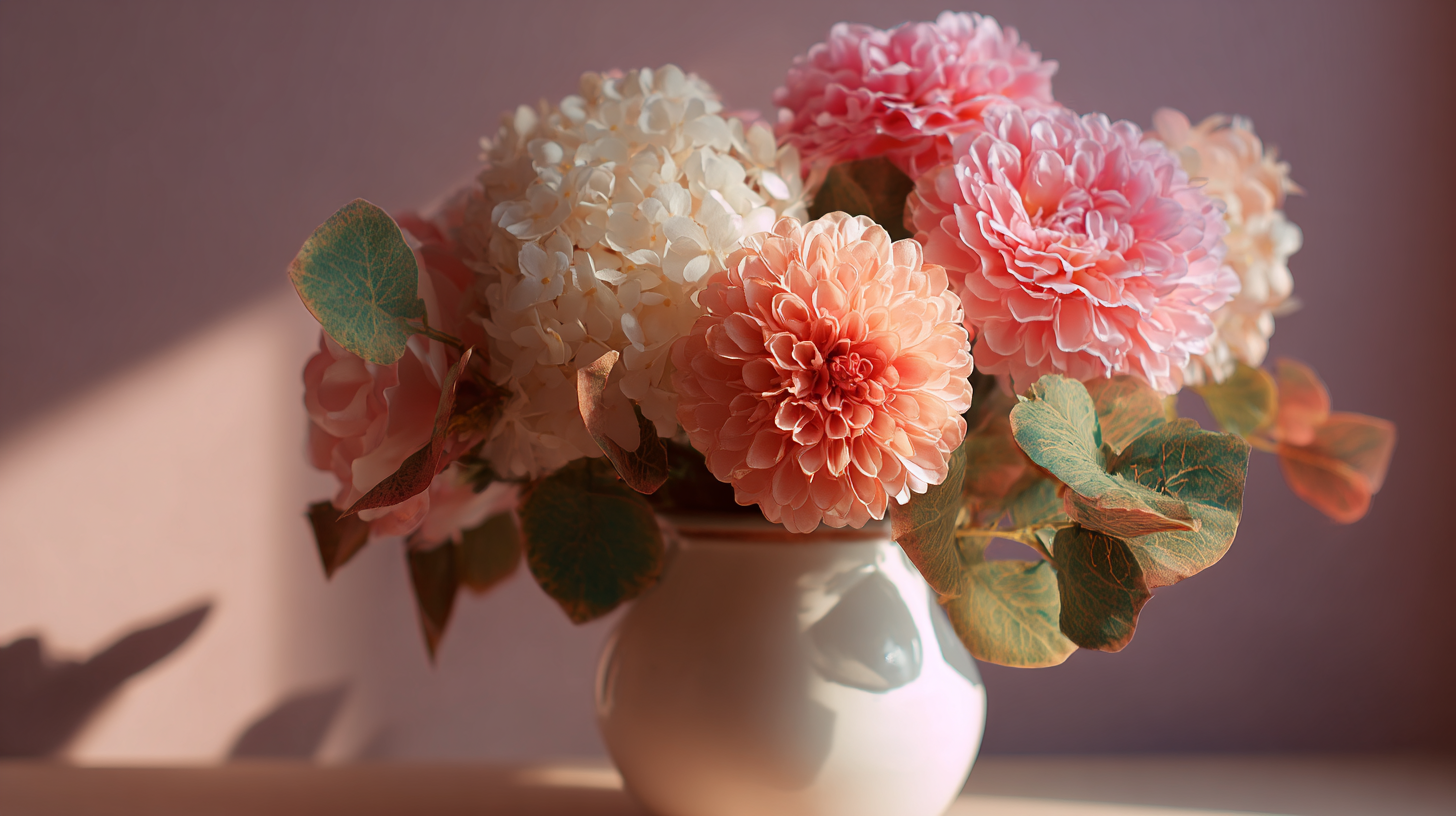
Artificial flowers offer a remarkable way to enhance the aesthetic appeal of home decor, providing lifelong vibrancy that natural blooms cannot match. According to a 2022 report by the American Floral Endowment, the interior design industry increasingly favors artificial foliage due to its longevity and low maintenance needs.
Unlike real flowers that wilt and require proper care, high-quality artificial flowers retain their color and shape, making them a reliable choice for creating lively and inviting spaces year-round.
Moreover, the versatility of artificial flowers allows homeowners to experiment with various styles and arrangements without the seasonal limitations inherent to natural blooms. Industry experts emphasize that the synthetic floral market is projected to grow by 7% annually over the next five years, highlighting a rising trend where consumers seek aesthetically pleasing yet practical solutions for their living environments.
With advancements in materials and design techniques, modern artificial florals mimic the beauty of real flowers, offering an enduring solution that enhances any room's ambiance without the worry of fading or wilting.
Artificial flowers have become increasingly popular in home decor, especially for individuals who suffer from allergies. According to a report by the Asthma and Allergy Foundation of America, approximately 50 million Americans experience allergy symptoms each year, which can be exacerbated by real flowers and the pollen they release. The use of artificial flowers presents a viable, allergy-friendly alternative, allowing people to enjoy the beauty of floral arrangements without the risk of triggering allergic reactions.
In addition to being allergy-friendly, artificial flowers can contribute to a healthier home environment. The American Academy of Allergy, Asthma & Immunology notes that certain indoor plants and flowers may harbor mold and dust mites, which can aggravate respiratory conditions. By opting for synthetic blooms, homeowners can significantly reduce the allergens present in their living spaces. Furthermore, artificial flowers require minimal maintenance—no watering or pruning is needed—which means less clutter and fewer chances for dust accumulation. This makes them an ideal choice for creating a visually appealing yet healthy home atmosphere.
| Benefit | Description | Allergy Impact | Maintenance |
|---|---|---|---|
| Long-lasting | Artificial flowers do not wither or die, maintaining aesthetic appeal for years. | No pollen, reduces allergy triggers. | Easy to clean, requires occasional dusting. |
| Variety of Options | Available in a wide range of colors and types, can match any decor. | Safe for sensitive individuals and those with allergies. | No watering or sunlight needed. |
| Cost-Effective | A one-time investment that lasts years, saving money on replacement plants. | No risk of allergic reactions from natural pollen. | Minimal upkeep compared to real flowers. |
| No Seasonal Limitations | Enjoy floral decor year-round, regardless of season or climate. | Ideal for those with weather-related allergies. | Maintain the same look without seasonal changes. |
| Customizable Arrangements | Easily rearranged for different looks, themes, or occasions. | No allergens induced by frequent alterations. | Effortless to create unique displays with minimal effort. |
Using artificial flowers in home decor presents a cost-effective solution for achieving long-lasting beauty without the maintenance that real flowers demand. Unlike fresh blooms, which wither and require regular replacement, artificial flowers offer a vibrant and enduring aesthetic that can enhance any space. This longevity significantly reduces the costs associated with constant repurchasing and care, making them an appealing option for budget-conscious homeowners.
Moreover, the versatility of artificial flowers allows for creative arrangements that can complement various interior styles year-round. Whether used in a simple vase or as part of a grand floral installation, they can brighten up rooms and add a touch of elegance without the worry of seasonal changes. With advancements in manufacturing, many artificial flowers also now look incredibly lifelike, adding to their allure as a practical decor choice that combines beauty with ease.
This bar chart illustrates the various benefits of using artificial flowers in home decor. The data reflects the perceived advantages where cost saving and maintenance-free characteristics are particularly highlighted, making them an attractive option for long-lasting beauty in home environments.
Artificial flowers have become increasingly popular in home decor due to their versatility in design. Unlike natural flowers, which may wilt and require ongoing maintenance, artificial flowers can easily adapt to any room or seasonal theme. According to a recent industry report by IBISWorld, the market for artificial flowers and plants has grown by approximately 5% annually over the last five years, showcasing a rising consumer preference for durable and low-maintenance decor options.
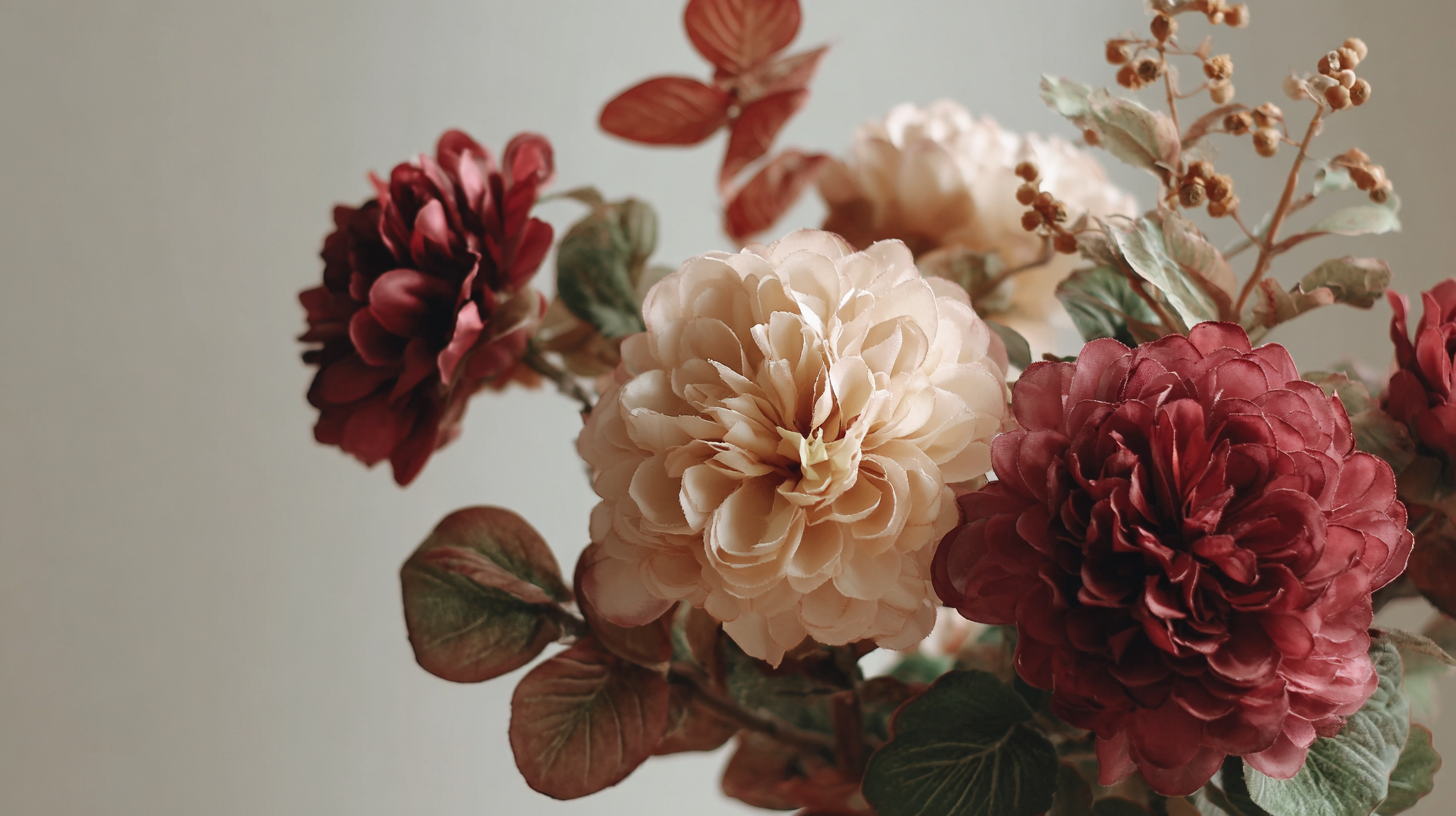
In interior design, artificial flowers can enhance the aesthetic appeal of a space year-round. Whether it’s bright tulips for spring, rich autumn leaves, or serene winter florals, artificial flowers allow homeowners to stay aligned with seasonal trends without the hassle of regularly changing arrangements. Moreover, a survey conducted by the American Society of Interior Designers (ASID) found that 74% of interior designers believe that utilizing artificial flowers can effectively create focal points in a room, making them a valuable design tool for those looking to refresh their home decor effortlessly. This versatility not only caters to personal style preferences but also provides an opportunity to express creativity across different areas of the home.
